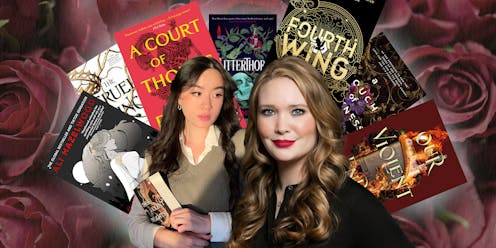What is romantasy? Our experts explain the bestselling book trend
- Written by Jodi McAlister, Senior Lecturer in Writing, Literature and Culture, Deakin University

In 2015, Sarah J. Maas published A Court of Thorns and Roses, in which teen heroine Feyre is swept away from her human life into a world of magical fairy court intrigue and romance. The novel, which was marketed as young adult, was very popular. It hit, among others, the New York Times bestseller list.
However, the short-term success of the book pales in comparison to the longer-term success of the (five-book) series it belongs to. Maas has now sold 40 million copies of her books worldwide (as of February 2024).
A Court of Thorns and Roses (referred to by fans as ACOTAR) was already popular on bookish social media, but it hit truly extraordinary heights with the emergence of BookTok – the reader-generated, bookish arm of the social media platform TikTok. Almost as soon as BookTok became a phenomenon – in around 2020 – so too did A Court of Thorns and Roses.
Read more https://theconversation.com/what-is-romantasy-our-experts-explain-the-bestselling-book-trend-224269





